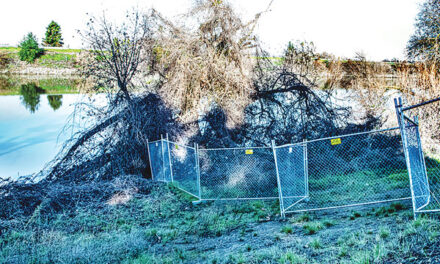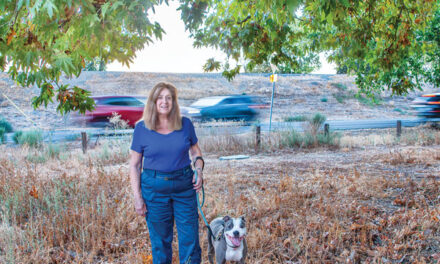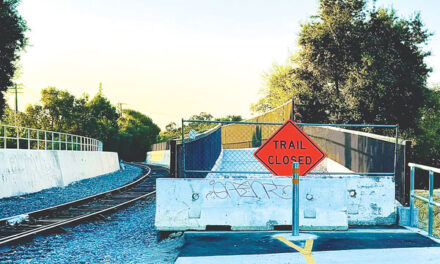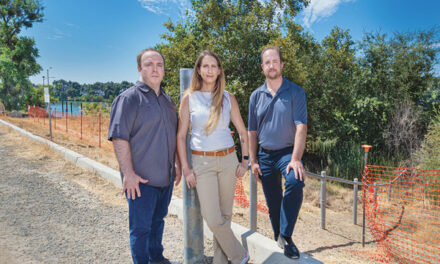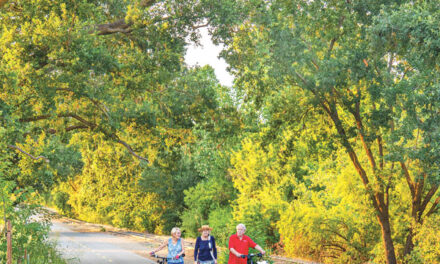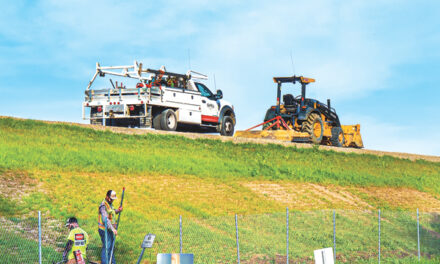
Historically, traffic safety efforts in the U.S. focused on changing individual behavior. If we reduced human error (erroneously blamed for 94 percent of crashes by one study) we could have a “safer” system. That approach has not worked. We have to do things differently to get different results.
In January, the federal government proposed a new safety strategy. By setting an ambitious goal of zero traffic deaths and serious injuries, it defies the idea that traffic deaths and injuries are acceptable. It recognizes humans are fallible and make mistakes on the road. It acknowledges human bodies are fragile and all of us (especially pedestrians and bicyclists) are vulnerable road users.
It calls on all disciplines and stakeholders to be involved and responsible for safety, not just drivers, traffic engineers or law enforcement. This includes auto manufacturers, road designers, developers, educators, safety advocates, health officials, transit providers, legislators and the community.
This “safe system” approach has five basic elements: safe road users, safe vehicles, safe speeds, safe roads and post-crash care. The system calls for redundancy and layers of protection. If drivers make a mistake, they should not have to pay for it with their life. The system has to be safe and forgiving.
The culture of road users must change. It can’t be OK to speed, text while driving or drive impaired. We need to bring back driver’s education and have training for kids on bike and pedestrian skills. States can do much more to limit distracted driving and lower blood alcohol content levels.
Auto manufacturers can design vehicles more survivable both for occupants and people outside the vehicle. (Pedestrians account for almost 20 percent of traffic fatalities.) Automakers can design vehicles, such as SUVs, with lower front ends so pedestrians aren’t thrown under or in front of another car when struck. They can limit vehicle speeds. Why do cars need to exceed 100 mph when that speed is always illegal? Driver-assistance technologies, such as automatic emergency braking, can be made standard instead of optional.
The way speed limits are set should be overhauled, so the fastest drivers don’t set the limits. Automated speed cameras can provide constant, consistent, equitable enforcement of limits. It’s my belief that reducing speeds is the quickest and easiest way to make major safety gains.
Road designers can eliminate and narrow lanes, add roundabouts, install medians on some rural roads to prevent head-on collisions, and put in protected bike lanes, wider sidewalks and more street crossings. Developers can make block sizes smaller, go back to the grid system, and provide mixed residential and commercial land uses to make trips shorter.
NTSB Chair Homendy recognizes the goal of zero traffic deaths is big. NTSB investigates plane crashes. She points to its success in aviation, working with industry, in eliminating fatalities. For traffic safety, zero death is a goal that must be chosen by all concerned, not because it’s easy, but because it’s hard and the right thing to do.
Walt Seifert is executive director of Sacramento Trailnet, an organization devoted to promoting greenways with paved trails. He can be reached at bikeguy@surewest.net. Follow us on Facebook, Twitter and Instagram: @insidesacramento.





